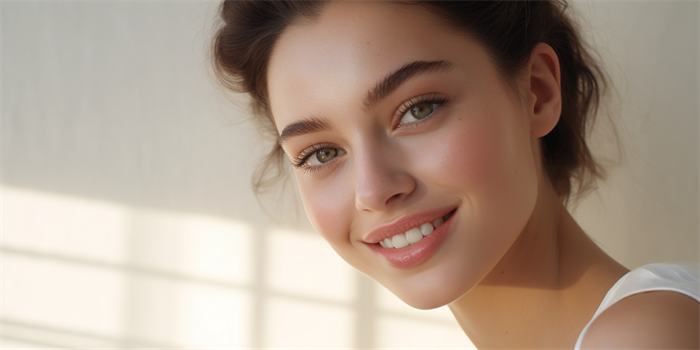Can I Eat Beef After Ultherapy in San Francisco?
Ultherapy, a popular non-invasive skin tightening treatment, has gained significant attention in San Francisco for its ability to lift and tighten the skin without surgery. However, many patients often wonder about their dietary restrictions post-treatment. One common question is whether it is safe to consume beef after undergoing Ultherapy. This article aims to provide a comprehensive guide on dietary considerations following Ultherapy, focusing on the consumption of beef.

Understanding Ultherapy
Ultherapy uses ultrasound technology to stimulate collagen production deep within the skin. This process helps to tighten and lift the skin over time, particularly in areas like the neck, chin, and brow. The treatment is known for its safety and effectiveness, with minimal downtime. However, understanding the body's response to Ultherapy is crucial for making informed dietary choices.
Dietary Considerations Post-Ultherapy
While Ultherapy does not typically impose strict dietary restrictions, certain guidelines can help optimize the healing process and ensure the best results. Here are some key aspects to consider regarding the consumption of beef after Ultherapy:
1. Protein Intake
Beef is a rich source of protein, which is essential for tissue repair and regeneration. After Ultherapy, the body is in a state of rejuvenation, and consuming adequate protein can support this process. Lean cuts of beef, such as sirloin or tenderloin, are recommended to minimize the intake of saturated fats.
2. Inflammation and Digestion
Some individuals may experience mild inflammation or digestive discomfort after Ultherapy. It is advisable to consume beef in moderation and opt for well-cooked, tender cuts to ease digestion. Avoiding heavily processed or spicy beef dishes can also help minimize potential gastrointestinal issues.
3. Hydration
Staying well-hydrated is crucial post-Ultherapy. Drinking plenty of water helps to flush out toxins and supports the body's natural healing processes. Consuming beef can be part of a balanced diet, but it should be accompanied by adequate hydration to ensure optimal health and recovery.
4. Allergies and Sensitivities
Individuals with known beef allergies or sensitivities should avoid consuming beef after Ultherapy. It is important to listen to your body and consult with a healthcare professional if you experience any adverse reactions. For those without allergies, beef can be a nutritious addition to the diet post-treatment.
5. Balanced Diet
Maintaining a balanced diet is key to supporting the healing and rejuvenation process after Ultherapy. Including a variety of foods, such as fruits, vegetables, whole grains, and lean proteins like beef, can provide the necessary nutrients for optimal skin health. Avoiding excessive consumption of red meat and focusing on overall dietary balance is recommended.
FAQ
Q: How soon after Ultherapy can I eat beef?
A: There is no specific waiting period to eat beef after Ultherapy. However, it is advisable to consume it in moderation and opt for lean cuts to support the healing process.
Q: Are there any specific beef dishes to avoid after Ultherapy?
A: Heavily processed or spicy beef dishes should be avoided to minimize potential digestive discomfort. Opt for well-cooked, tender cuts instead.
Q: Can beef consumption affect the results of Ultherapy?
A: Beef consumption itself does not directly affect the results of Ultherapy. However, maintaining a balanced diet and staying hydrated are important for overall skin health and optimal treatment outcomes.
Q: Should I consult a healthcare professional before eating beef after Ultherapy?
A: If you have any known allergies or sensitivities, it is advisable to consult a healthcare professional. For most individuals, consuming beef in moderation as part of a balanced diet is safe and beneficial.
In conclusion, consuming beef after Ultherapy in San Francisco is generally safe and can be part of a balanced diet. Focusing on lean cuts, consuming in moderation, and maintaining overall dietary balance are key to supporting the healing process and achieving optimal results from your Ultherapy treatment.




